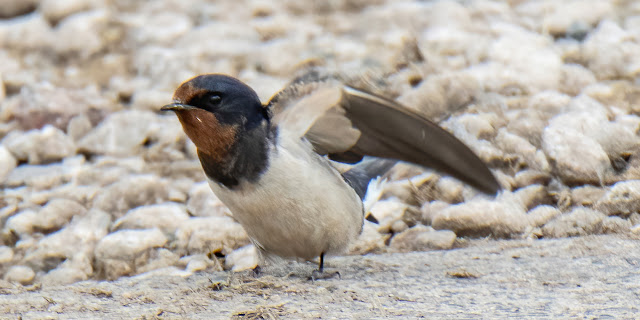Lowther Castle & Gardens is a crenellated (meaning a wall with regular gaps in it) country house that sits on an estate that has belonged to the Lowther family, latterly the Earls of Lonsdale, since the Middle Ages. Now in ruins, the shell of the castle and the gardens have been undergoing extensive renovations since 2011 as part of a planned 20-year project.
The original settlement at the site was founded in 1120 by Dolfin de Lowther, a nobleman descended from Danelaw Viking conquerors.
Mary, Queen of Scots visited in 1568 on her way to Wharton Hall and Bolton Castle.
In the late 17th century, the 1st Viscount Lonsdale rebuilt the family home, then known as Lowther Hall, on a grand scale.
Sir James Lowther had a rather disreputable history. He incurred a large debt to the father of William Wordsworth and refused to pay it despite numerous requests from the family. When he died in 1802, his son, William, immediately refunded the money to the Wordsworth family with interest. He also befriended William Wordsworth and assisted him financially. Wordsworth frequently stayed at Lowther Castle; many of his published letters are written from there.
 |
| Turret |
The current house was built by the 1st Earl of Lonsdale between 1806 and 1814. That was when the house was designated a "castle,” although it never served the defensive role that most castles play. It was really just a replica of a castle built to demonstrate wealth and position.
 |
| What Lowther Castle looked like in the early 20th Century; Photo: Horse Network |
During the Second World War, it was used by a tank regiment for maneuvers.
 |
| Some treasures that remain are on display |
The army had damaged the grounds and buildings and the Castle had been empty for many years. James wished to develop the estate, concentrating on farming. But because it was expensive to maintain, he offered the Castle as a gift to three local authorities. Depleted by wartime expenses, all refused.
At that time, the only options for large country houses were to open them to the public or to demolish them. James could not afford the former, so he removed the roof and demolished much of the stonework, leaving just the façade and outer walls.
The forecourt became pig pens; and the concrete on the south lawns that the army had laid down became a base for a broiler chicken factory. The remainder of the gardens were used as a timber plantation, with Sitka spruce trees.
After the death of Lord Lonsdale in 2006, the chicken-broiler unit and the trees were removed. With a great deal of funding from various sources, some of the gardens and part of the Castle shell were restored and the stables were repaired.
Before they were abandoned in 1935, the gardens of Lowther Castle had been carefully cultivated by successive generations of the Lowther family.
Now, plants grow inside the walls of the house, giving it a romantic “secret garden” appearance.
But, it isn't home to little princesses; rather, it is the domain of Eurasian Jackdaws, hundreds of them ...
 |
| Look at that face! |
The rose garden, themed around the story of Sleeping Beauty, has been partially restored ...
 |
| But, it maintains a wild look |
 |
| It has 25,000 rose bushes ... |
 |
| ... and benches and trellises with a thorny look |
Here, we had some fun, finding and photographing birds ...
 |
| Barn Swallow |
 |
| Coal Tit (looks like a Chickadee) |
 |
| European Robin with a fly ... |
 |
| ... that she was feeding to her babies |
The rose garden is reached by ...
 |
| ... and along a lane flanked by tall Yews |
At the beginning of the path is the Countess Summerhouse, still somewhat cloaked in weeds.
 |
| It's like a fairy's house |
Beyond the garden is the Rose Garden Summerhouse, also overgrown.
 |
| And, maybe, an elf's |
The Japanese Garden was in the midst of some major renovation. The massive lawn behind the ruins is a wildflower garden.
 |
| This isn't overgrown, it's on purpose |
 |
| Caty in the yews |
We probably spent too much time at Lowther, especially because this wasn't a planned stop. But it was such a pleasant and somewhat quirky stop, we just couldn’t help ourselves.
It was nice to stroll slowly among the wild gardens and down the shady lanes, admiring the flowers and looking for birds. The place was magical.
But, we couldn't dally any longer; we needed to get to Wales.
Trip date: June 6 - 20, 2024












No comments:
Post a Comment